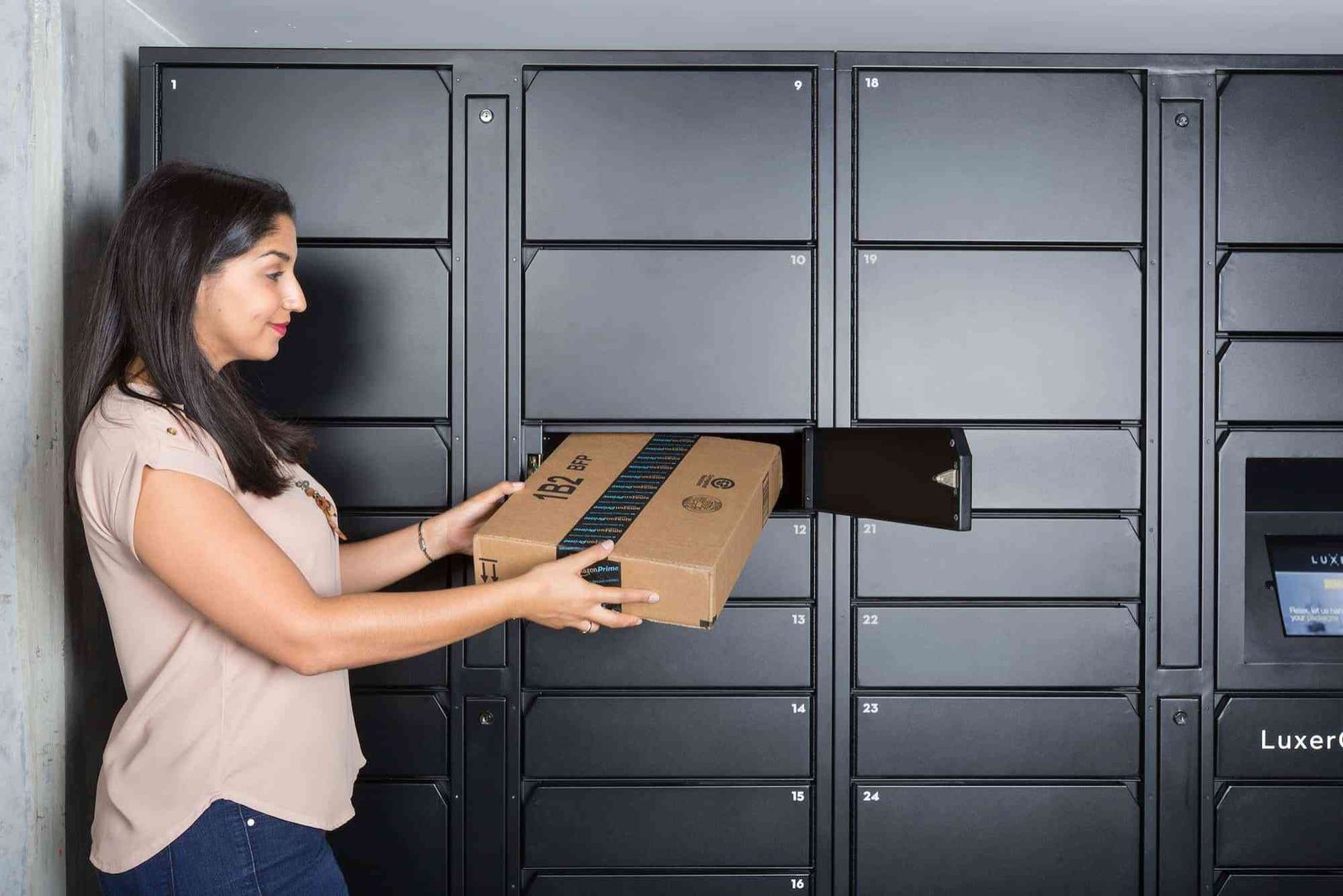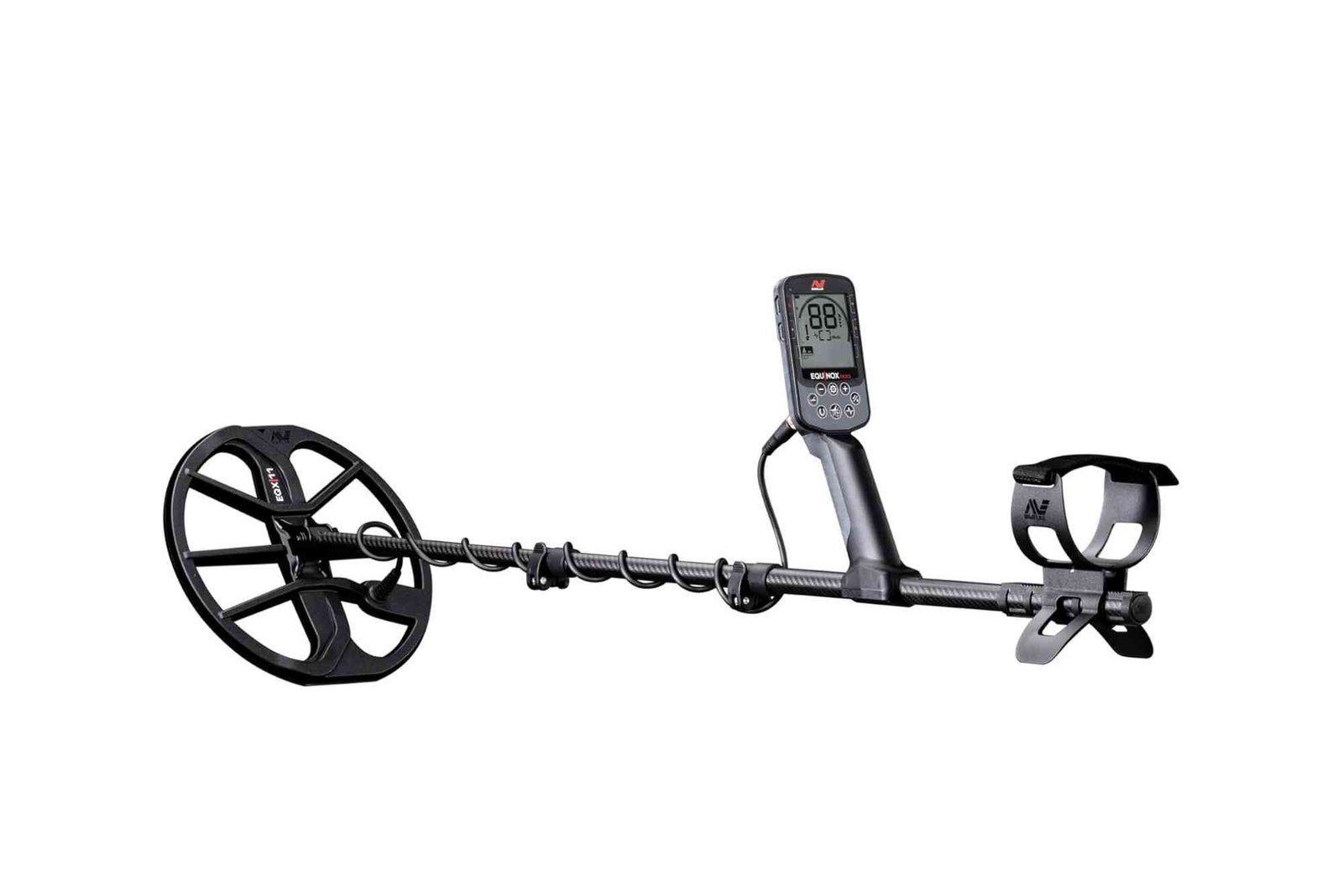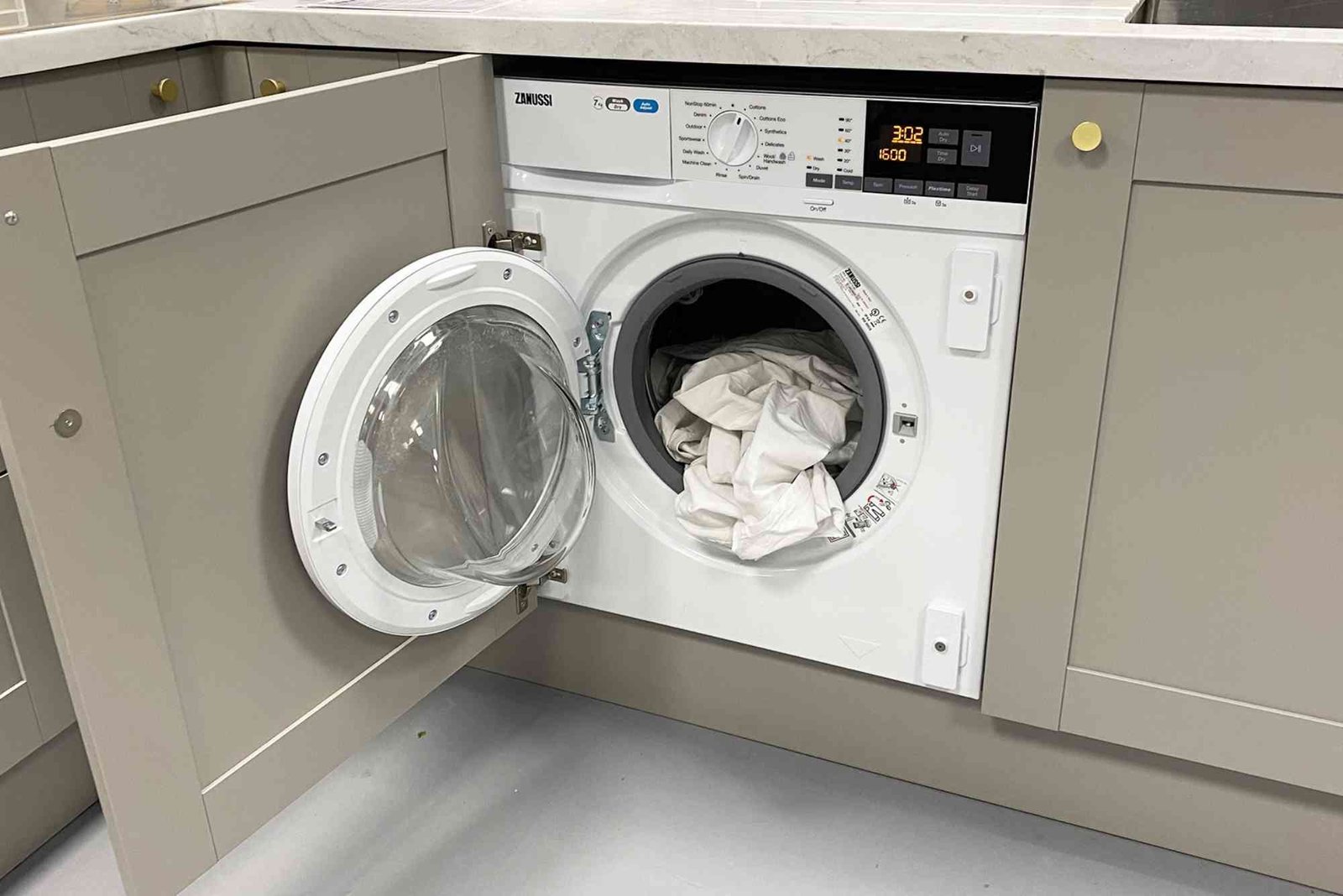Introduction
In a world that values speed, convenience, and safety, contactless delivery has become more than a trend—it’s a modern necessity. The concept of parcel lockers is at the heart of this shift, offering a smart and secure way for people to receive packages without direct interaction. As global e-commerce continues to expand, parcel lockers stand as a key innovation transforming how goods reach consumers.
In this article, we’ll explore the evolution of contactless delivery, the growing role of parcel lockers, and how they’re shaping the future of logistics and supply chain operations. For more insights into the industry, check out The Rise Of Contactless Supply A Look Into The World Of Parcel Lockers.
Understanding Contactless Delivery
Contactless delivery refers to the process of receiving goods without any physical contact between courier and customer. This method gained rapid adoption during the COVID-19 pandemic, but its relevance has only increased since then. It’s a delivery approach built on safety, convenience, and efficiency.
Technology has made it possible for customers to receive notifications, track packages in real-time, and retrieve parcels from secure locker systems—all without face-to-face interaction.
The Shift in Consumer Behavior
Online shopping has reshaped buyer expectations. Customers now demand quick, flexible, and reliable delivery options. With busy lifestyles and increasing health awareness, people are embracing contactless methods that minimize human contact but maximize convenience.
Retailers, logistics companies, and e-commerce platforms have adapted quickly, integrating smart technologies like parcel lockers to streamline deliveries.
What Are Parcel Lockers?
Parcel lockers are secure, self-service storage systems where customers can collect their online orders at their convenience. They are often located in shopping centers, apartment complexes, or public spaces, making them easily accessible.
Each locker contains compartments of different sizes. When a package arrives, the recipient receives a notification with a one-time access code or QR code. This ensures a seamless, contact-free pickup process.
How Parcel Lockers Work
When an order is shipped, the courier deposits it into a designated locker. The system automatically notifies the customer, providing instructions for retrieval. Customers can collect their parcels any time, day or night, depending on locker availability. This flexibility enhances customer satisfaction and reduces the pressure on delivery personnel.
The Evolution of Contactless Delivery Systems
Parcel lockers didn’t emerge overnight. They evolved as part of a broader push toward automation and digital transformation in logistics.
From Traditional Delivery to Automation
Initially, deliveries relied heavily on door-to-door methods, often leading to missed packages or scheduling conflicts. As e-commerce exploded, these inefficiencies became more apparent. Companies began experimenting with digital kiosks and secure drop boxes to simplify the process.
Smart parcel lockers soon followed, integrating real-time tracking, AI-based route optimization, and mobile access technologies.
Technological Integration in Modern Lockers
Today’s lockers are equipped with cutting-edge features such as cloud-based management systems, touchless sensors, and even temperature control for sensitive goods. These innovations ensure hygiene, accuracy, and convenience in the contactless supply chain.
They also enable logistics providers to collect data, track deliveries, and optimize routes, reducing environmental impact.
Benefits of Parcel Lockers in Modern Logistics
Parcel lockers are revolutionizing the delivery landscape for businesses and consumers alike. They are not just a convenience tool—they’re a strategic asset in modern logistics.
Enhanced Safety and Hygiene
Contactless pickup minimizes physical interactions, an essential advantage during health-conscious times. Customers can collect parcels without worrying about contamination or exposure.
24/7 Accessibility
Unlike traditional deliveries that depend on fixed hours, parcel lockers are available round the clock. Customers can retrieve their packages when it suits them, reducing missed deliveries and delays.
Streamlined Operations for Businesses
Retailers and logistics firms benefit from fewer delivery attempts, reduced fuel costs, and better route planning. Centralizing multiple deliveries at one locker location saves time and resources.
Sustainability and Reduced Carbon Footprint
By consolidating deliveries, parcel lockers help reduce the number of delivery trips, cutting emissions and supporting eco-friendly practices in urban logistics.
The Future of Contactless Delivery and Parcel Lockers
The future of contactless delivery is increasingly tied to technological advancements. AI, IoT, and automation are redefining how parcels move through supply chains.
Smart Cities and Integrated Locker Networks
As cities become smarter, parcel lockers are being integrated into urban planning. Municipalities are collaborating with logistics providers to install lockers in key locations, improving access and reducing traffic congestion caused by delivery vehicles.
Expansion Beyond Retail
Parcel lockers are finding applications beyond e-commerce. From grocery deliveries to pharmacy pickups, the model is expanding into healthcare, food services, and government documentation.
The Role of Data in Optimization
Data analytics helps companies predict demand, allocate locker space efficiently, and enhance user experience. Real-time insights enable proactive management of logistics networks, ensuring timely deliveries even during peak seasons.
Global Adoption and Market Growth
Countries worldwide are embracing parcel lockers as a solution to delivery challenges. In Europe, companies like DHL and Amazon have led the charge with extensive locker networks. Asia has seen rapid adoption, especially in densely populated urban centers.
In North America, retail giants and logistics firms are investing heavily in expanding locker systems near residential complexes and shopping hubs. This global momentum underscores the growing trust in contactless delivery infrastructure.
For additional insights into logistics innovation, check out this Related Logistics article.
Challenges in Implementing Parcel Lockers
While parcel lockers offer clear advantages, they also face challenges that need addressing for widespread success.
Infrastructure and Initial Costs
Setting up a parcel locker network requires substantial investment in technology and real estate. Smaller logistics companies may struggle with upfront costs, though partnerships and shared-use models are helping offset these barriers.
Maintenance and Security Concerns
Ensuring 24/7 functionality requires regular maintenance. Security breaches, although rare, can occur if systems aren’t regularly updated or monitored.
Consumer Awareness
Some consumers remain unfamiliar with how parcel lockers work or where to find them. Continued education and intuitive app design can help bridge this gap.
Real-World Examples of Parcel Locker Success
Several countries illustrate how effective parcel locker systems can be when executed properly.
In Japan, lockers are integrated into train stations and convenience stores, offering unmatched accessibility. In Australia, postal services have expanded locker installations nationwide to cater to e-commerce growth.
In Europe, automated parcel stations are a common sight, offering self-service options that cater to both senders and recipients. These examples highlight how adaptable and scalable the technology can be across different cultures and environments.
The Consumer Perspective: Why Parcel Lockers Work
Consumers value convenience, flexibility, and control. Parcel lockers offer all three. They eliminate the frustration of missed deliveries and long waiting times.
Additionally, lockers give customers privacy, security, and flexibility—benefits that align with modern lifestyle trends. With mobile notifications, secure codes, and instant access, the experience feels efficient and personal.
Parcel Lockers and the Broader Contactless Ecosystem
Parcel lockers are part of a larger movement toward automation and self-service. From cashless payments to digital identity verification, society is increasingly embracing solutions that prioritize efficiency and minimal human contact.
Lockers fit seamlessly into this framework, representing the next step in contactless service innovation. As logistics becomes more digital, these lockers will likely integrate with other platforms, from retail systems to smart home devices.
Embracing the Future of Contactless Delivery
The evolution of contactless delivery has reshaped logistics, and parcel lockers are at its forefront. They represent innovation, sustainability, and convenience in one solution.
As e-commerce continues to dominate retail, the demand for reliable and safe delivery options will only grow. Parcel lockers meet that demand perfectly, combining technology and practicality for both businesses and consumers.
To stay informed about logistics trends and innovations, visit The Rise Of Contactless Supply A Look Into The World Of Parcel Lockers or Learn more about related developments in modern delivery systems.
FAQs
How do parcel lockers work for deliveries?
Couriers place packages inside secure compartments. Customers receive a notification and a unique code to retrieve their parcel at any time.
Are parcel lockers safe?
Yes, they are highly secure. Lockers use one-time access codes and surveillance to ensure safety and prevent unauthorized access.
Where can I find parcel lockers near me?
You can find them in supermarkets, transport hubs, apartment complexes, or through your courier’s app or website.
Do parcel lockers support returns?
Many locker systems allow easy returns. Customers can drop off items using the same locker, simplifying reverse logistics.
What’s the future of parcel lockers?
The future includes AI integration, network expansion, and sustainability-focused designs that make delivery faster and greener.




